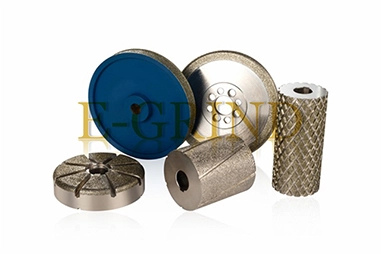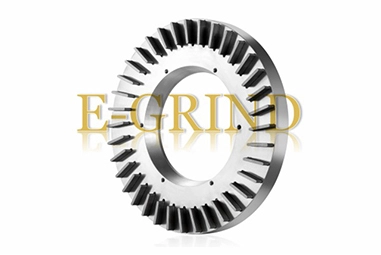While coolant plays a crucial role in the grinding process with grinding wheels, there are certain specific circumstances where the use of coolant may not be necessary. Here are some situations where coolant can be omitted:
1. Dry Grinding: In certain applications, such as dry grinding, coolant may not be used. Dry grinding is primarily used in situations where the surface quality requirements for the workpiece are not high, or the workpiece material is not susceptible to thermal damage. However, it should be noted that dry grinding may generate more heat and grinding swarf, causing greater wear on the grinding wheel and workpiece.
2. Specific Grinding Wheels: For some certain grinding wheels, such as those with special resin binders, have self-lubricating properties that can reduce friction and heat generation to a certain extent, thus eliminating the need for coolant. However, this situation is relatively rare and still requires evaluation based on specific conditions.
3. Short-Duration Grinding: For very short time grinding operations, such as removing minor defects or performing quick trimming on the workpiece surface, the use of coolant may not be necessary. This is because the heat generated during short time grinding is limited and unlikely to cause significant thermal damage to the workpiece.
4. Special Process Requirements: In some special process requirements, where maintaining certain characteristics of the workpiece surface (such as hardness, color, etc.) from being affected by coolant is necessary, coolant can be omitted. However, in such cases, it is important to ensure that the heat generated during the grinding process does not adversely affect the workpiece.
It should be emphasized that, despite the possibility of omitting coolant in certain situations, it is generally recommended to use coolant to ensure grinding effectiveness, workpiece quality, and extended grinding wheel lifespan. Especially in high-precision grinding, heavy-duty grinding, or long-duration grinding, the use of coolant is indispensable. Therefore, in practical operations, a balance and choice should be made based on specific conditions and requirements.




























